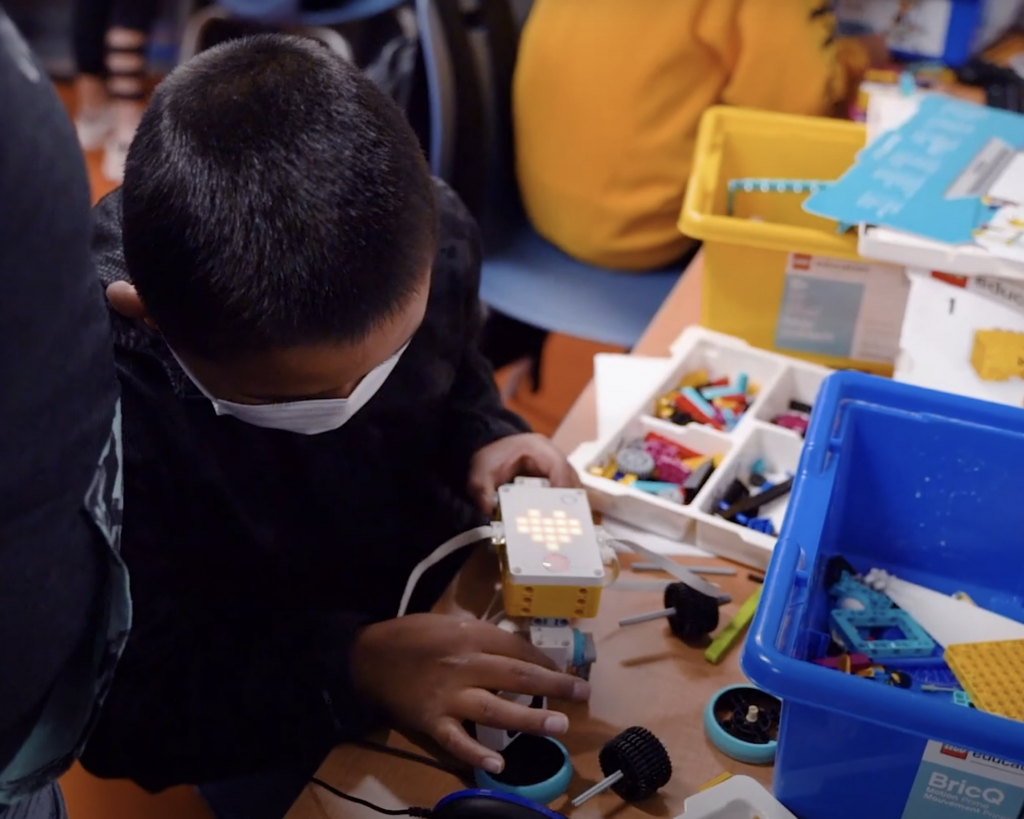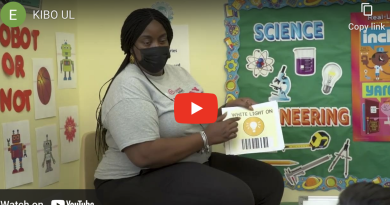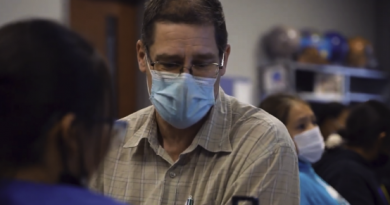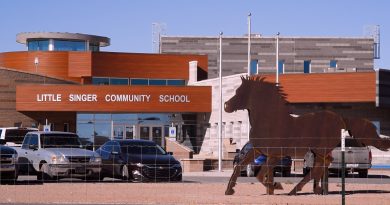More than words: There was no word for “robot” in their native language, so this Navajo group created one. Here’s why.

How do you teach 21st century concepts while upholding the values and worldview of a centuries-old culture? This question is at the heart of KARMA’s effort to translate digital technology concepts into the Navajo language.
KARMA, which stands for the Ke’yah Advanced Rural Manufacturing Alliance, brings culturally relevant K-12 STEM (science, technology, engineering, and math) programs to rural-based classrooms in Navajo Nation. Since 2016, they have been working with schools to create career opportunities for Navajo students by bridging STEM practices and Navajo cultural elements, such as singing, storytelling, and language. Since 2021, they have collaborated with Tufts University’s Center for Engineering Education and Outreach to advance playful engineering-based learning among the school communities they work with.

Terms for 21st century technologies, while ubiquitous in English, do not exist in the Navajo language, said Dr. Ben Jones, president and CEO of KARMA. Naming these technologies in Navajo students’ native language is the first step in making STEM concepts relevant to them, he said.
“It would be easy to just use the English word for robot,” said Mr. Joe Holgate, a member of KARMA’s cultural committee, who works as an interpreter and translator for the U.S. Bureau of Land Management. But language communicates more than just words. “Your language is your identity,” he said, and it expresses a cultural worldview that extends beyond what English is able to.
By using Navajo, students have the opportunity to experience their own language in a way that deepens their cultural understanding.
Dr. Haskie, also a member of KARMA’s cultural committee, agrees. She wants students to recognize the immense value of their Navajo culture and feel empowered as they endeavor to meet the challenges of the digital world. “Our culture has always included the application of technology to solve problems in our world,” says Dr. Haskie, who teaches sociology at Diné College, where she also leads the school’s Navajo Oral History project. Therefore, the team draws from Navajo culture when creating terms for more advanced tools and technologies.
For example, the team drew on the Navajo language for “doll,” when coming up with a term for “robot.” The term for doll in Navajo is awéésh chįįn, which combines awéésh (meaning “baby”) and chįįn (meaning “likeness”). The cultural committee conceptualized the term for robot in a similar way. “A robot is built to do what a human is supposed to do, yet controlled by the mind,” said Mr. Holgate. So the committee took the word for “human” (dinésh) and for “likeness” (chįįn) to create the term for “robot” or dinésh chįįn, which can be translated as “a construct created to perform the functions of a human being,” said Mr. Holgate.
Dinésh Chįįn
The team is also working on expressing the concept of 3D printing in Navajo. To do this, they are looking to the language of another additive manufacturing process that’s deeply rooted in the culture: weaving. “Like 3D printing, weaving a rug involves a similar layering method,” said Keanu Jones, KARMA’s Playful Engineering-Based Learning Project Manager.
Spanning 27,000 square miles through New Mexico, Arizona, and Utah, Navajo Nation is the largest reservation in the United States. Its vast and varied landscape of beautiful desert, forested mountains, deep canyons, high plateaus, and majestic mesas has been home to the Navajo people for generations. Yet, climate change, unemployment, lack of infrastructure, and migration to U.S. cities has put pressure on the Navajo way of life. In addition, historical laws that forbade Navajo people from speaking their own language has had lasting effects. Today, the Navajo language has been designated as “vulnerable” by UNESCO. Dr. Jones is optimistic that KARMA’s translation efforts will help fuel new ideas of what can be done to preserve the Navajo language and culture while creating opportunities for Navajo students to thrive in the 21st century.



